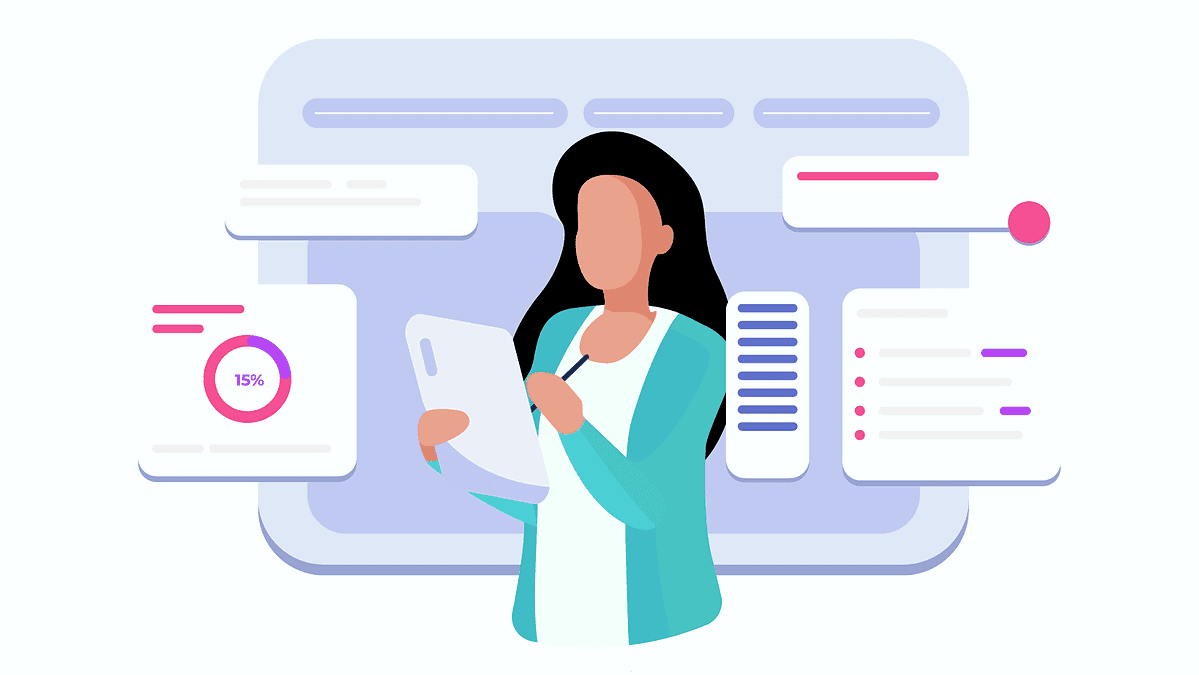Introduction and Overview: Automating Your Customer Journey Map
When done right, customer journey mapping transforms how you understand and serve your online course students. But manually tracking each interaction across multiple touchpoints can quickly become overwhelming, especially as your course business grows. That’s where automation comes in to save both time and sanity.
Customer journey mapping is more than just plotting out a few email sequences – it’s about understanding the complete story of how students discover, evaluate, purchase, and engage with your courses. By automating this process, you’ll gain invaluable insights while ensuring no student falls through the cracks.
Think of automated journey mapping like having a skilled assistant who meticulously documents every student interaction, from their first visit to your landing page through their course completion. This assistant never sleeps, never forgets to log an important touchpoint, and provides you with real-time data to make informed decisions.
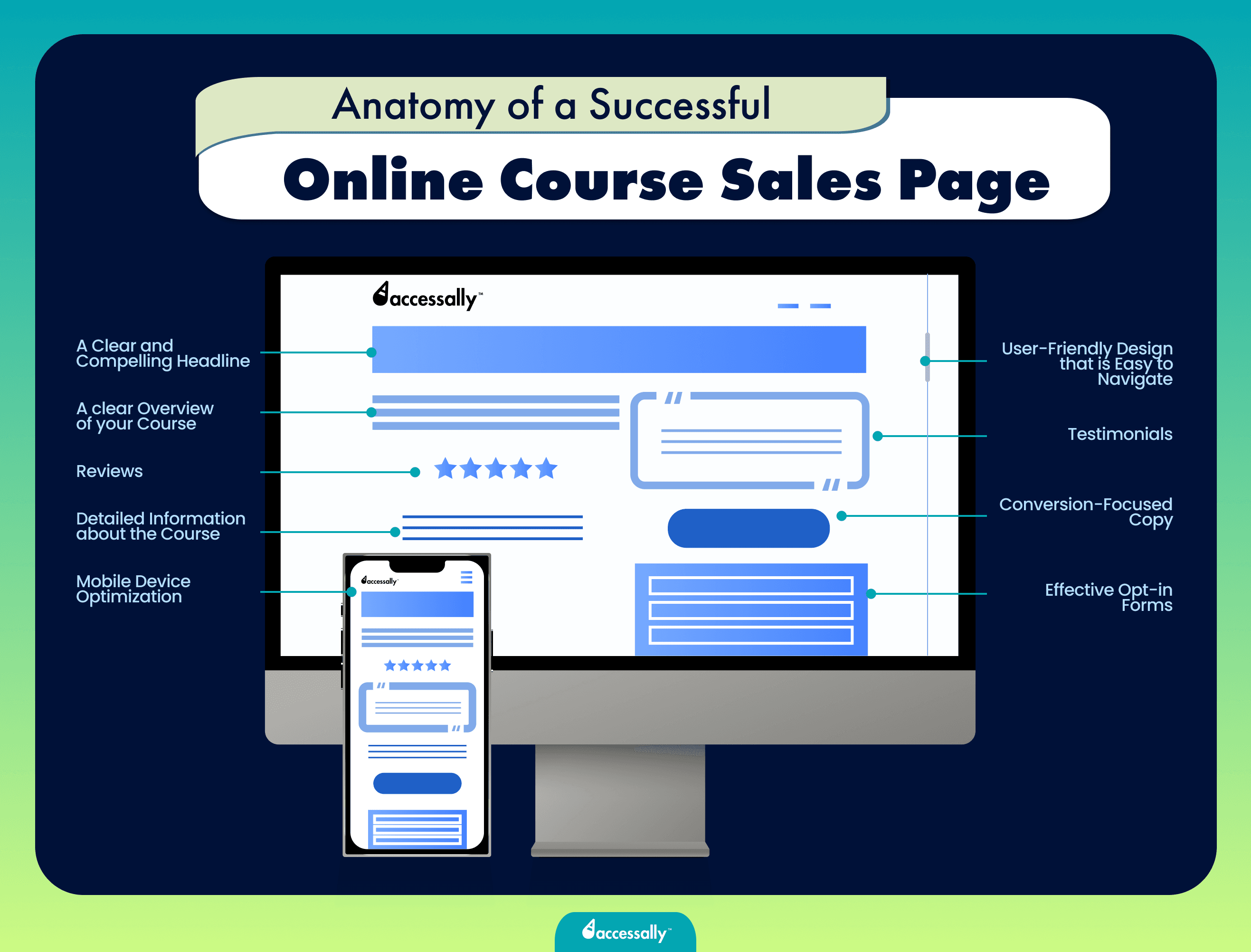

Creating automated customer journey mapping – Professional course creation with AccessAlly
The beauty of automation lies in its ability to scale personal attention. Rather than trying to manually track hundreds of student journeys, you can set up systems that automatically monitor engagement points, trigger relevant communications, and flag potential issues before they become problems.
In this guide, we’ll explore how to create automated journey maps that work seamlessly with your course platform. You’ll learn to identify critical touchpoints, select the right automation tools, and build workflows that nurture student success while reducing your administrative workload.
We’ll focus on practical, implementable strategies that work whether you’re teaching ten students or ten thousand. The goal isn’t to remove the human element from your course business – it’s to use automation intelligently so you can spend more time on what matters most: creating exceptional learning experiences and connecting meaningfully with your students.
Let’s dive into the essential components of automated customer journey mapping and how to implement them effectively in your course business.
Foundation Concepts and Planning
Before diving into the technical aspects of automation, let’s establish a solid foundation for your customer journey mapping. When done right, this groundwork becomes the blueprint that guides all your future automation decisions and ensures your systems truly serve your customers.
Start by deeply understanding your current customer touchpoints – both digital and human interactions. Take a week to document every email, call, social media engagement, and course interaction your customers experience. This gives you a clear picture of what’s actually happening versus what you think is happening. Pay special attention to moments where customers seem confused or reach out for help, as these often reveal gaps in your communication flow.
Think of your customer journey map like a story with distinct chapters. The first chapter might be how someone discovers your course through social media, then moves to joining your email list, and eventually enrolls in your program. Each of these transitions needs careful consideration for automation opportunities.
Your next step is identifying key metrics for each journey stage. For example, if you notice that 70% of your successful students attend your welcome webinar, that’s a behavior worth automating and encouraging. Consider tracking metrics like email open rates, video completion rates, and homework submission patterns.
Create personas for your different customer types, but keep them practical rather than theoretical. Look at your most successful students and those who struggled – what patterns emerge? This information helps you design automated pathways that adapt to different learning styles and engagement levels.
One often overlooked aspect is timing and pacing. Your automation shouldn’t just focus on what happens, but when it happens. If students typically need three days to complete their first module, don’t send them follow-up content after just one day. Build natural breathing room into your automated sequences.
Remember that automation should enhance, not replace, the human element of your course experience. Map out specific points where personal intervention might be necessary – like when a student falls behind or shows signs of struggling. These moments often benefit from a blend of automated alerts and human outreach.
Finally, document your customer journey map in a format that’s easy to update. Your first version won’t be perfect, and that’s okay. The goal is to create a living document that evolves as you learn more about your students’ needs and behaviors.
Step-by-Step Implementation Guide
When done right, automated customer journey mapping can transform how you engage with your students throughout their learning experience. Let’s break down the implementation process into manageable phases that you can start working on today.
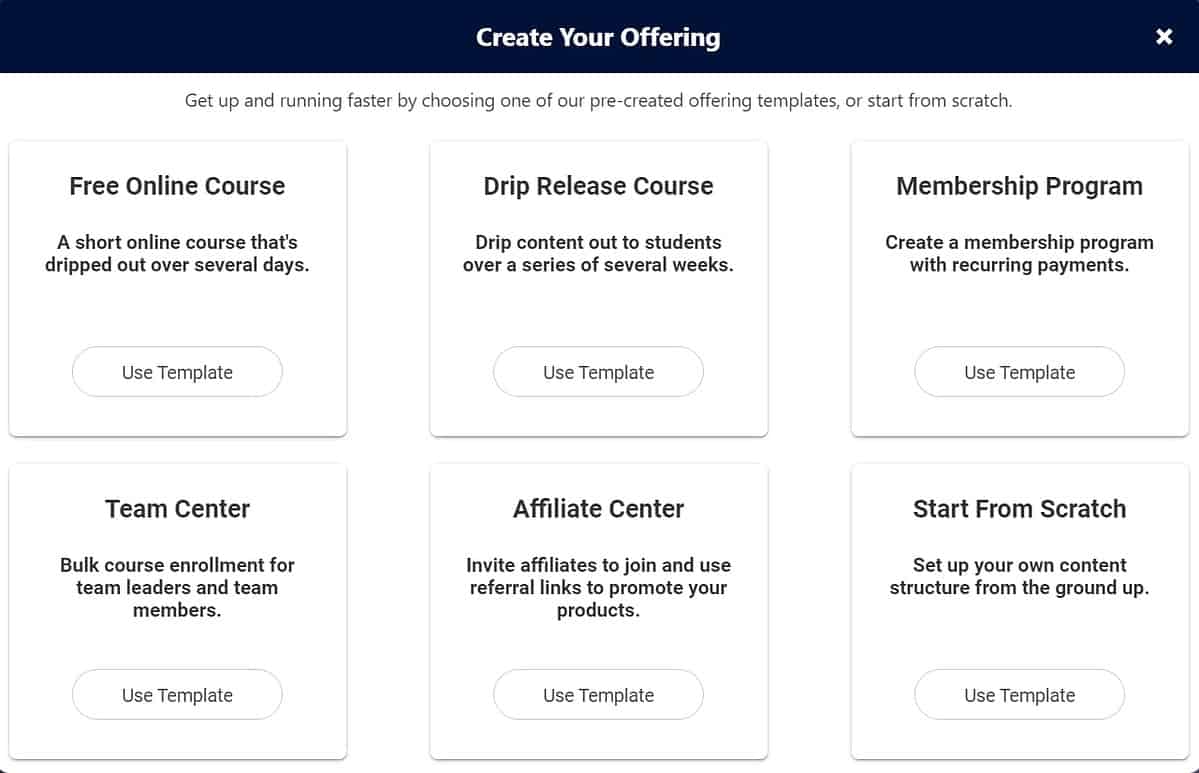

Step-by-step process for implementing Creating automated customer journey mapping strategies
Begin by identifying your key touchpoints – these are the moments where students interact with your course platform. Start with the obvious ones: course registration, first login, and initial content access. Map out how students typically move through your material, including common paths and potential roadblocks they might encounter.
Next, set up your automation triggers in AccessAlly. These are specific actions or events that will initiate automated responses. For example, when a student completes their first module, you might want to automatically send a congratulatory email with a preview of what’s coming next. Configure your system to track important metrics like completion rates, time spent on lessons, and quiz scores.
The third phase involves creating personalized content for each touchpoint. Draft email templates that feel genuine and supportive, not robotic. Consider recording short video messages for key milestones – perhaps a quick congratulations when they’re halfway through the course, or an encouraging note if you notice they haven’t logged in for a while. Remember to maintain your voice and teaching style throughout these automated communications.
Now focus on building progressive engagement paths. Set up conditional logic that adapts to student behavior. If a student consistently scores high on quizzes, your system could automatically offer advanced material or bonus content. For those who might be struggling, trigger additional support resources or gentle check-in messages.
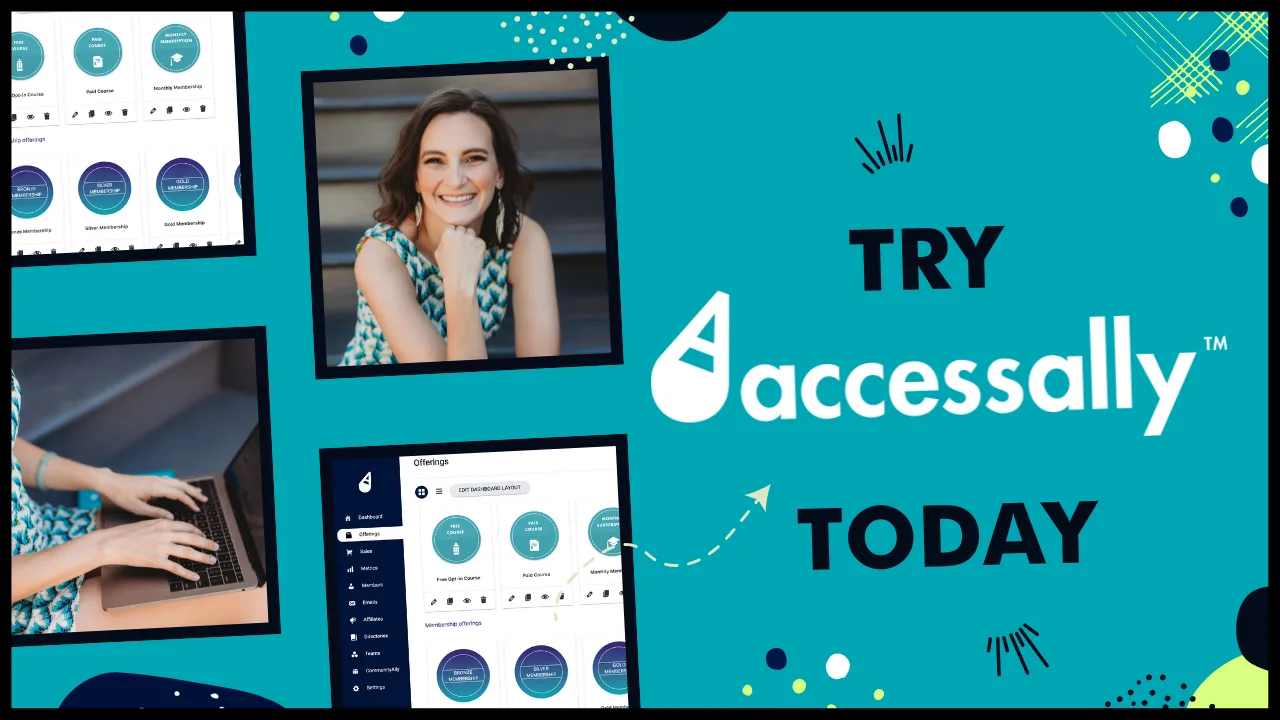

Implement a feedback loop system to continuously improve your journey mapping. Use AccessAlly’s built-in analytics to monitor how students interact with your automated touchpoints. Are they opening your milestone emails? How many are engaging with your bonus content? Use this data to refine your approach.
Don’t forget to include re-engagement strategies for students who may be drifting away. Set up triggers that activate when a student hasn’t logged in for a specified period. Your automated response might include a personalized check-in email, a summary of what they’ve missed, or even a special offer to help them get back on track.
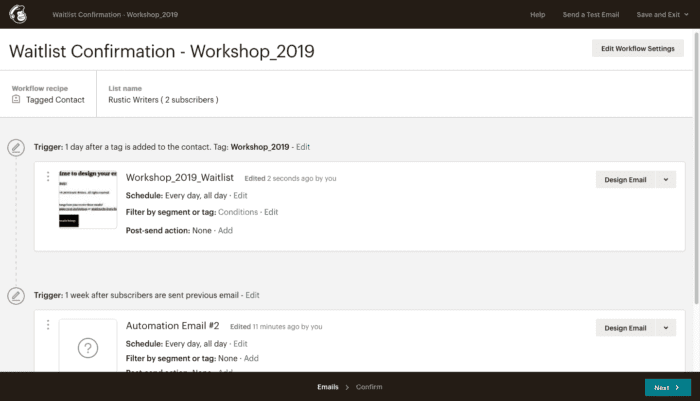

Real-world example of successful Creating automated customer journey mapping implementation
Finally, establish regular review points to assess and update your journey map. Student needs evolve, and your automation should evolve with them. Schedule quarterly reviews of your automation workflows, looking for opportunities to enhance the student experience or address common pain points that emerge from your data.
Remember that automation should enhance, not replace, the human element of your course. Use these tools to create more opportunities for meaningful interaction, allowing you to focus your personal attention where it matters most. By following these implementation steps, you’ll create a robust automated journey that supports your students while maintaining the authentic connection that makes your course unique.
Advanced Strategies and Techniques for Customer Journey Automation
When done right, automated customer journey mapping transforms how you understand and serve your students’ needs throughout their learning experience. Let’s dive into some sophisticated approaches that can elevate your automation strategy.
Start by implementing behavioral triggers that respond to specific student actions. For instance, if a student completes three modules ahead of schedule, your system could automatically unlock bonus content or send a personalized congratulatory message. This type of responsive automation helps maintain engagement while recognizing individual achievement patterns.
Consider implementing what I call the “checkpoint reflection system.” Every few modules, create automated pause points where students receive a brief survey about their learning experience. Their responses can trigger different automation paths – struggling students might receive additional resources, while excelling students get advanced challenges. This adaptive approach ensures everyone receives the support they need at the right time.
Cross-module progression tracking is another powerful technique. Rather than treating each course section as isolated, set up automation rules that connect related concepts across your curriculum. For example, if a student shows mastery in basic marketing concepts, your system could automatically suggest advanced marketing case studies in later modules.
One often-overlooked strategy is the implementation of “recovery automation.” Create paths that automatically re-engage students who haven’t logged in for a specific period. Instead of a generic “we miss you” message, use their previous interaction data to send relevant content that connects to their last completed activity.
Segmentation based on learning styles can significantly enhance your automation strategy. By tracking how students interact with different content types (video, text, interactive elements), you can automatically adjust the primary delivery method of future content. A student who consistently engages more with video content might receive video-first notifications and resources.
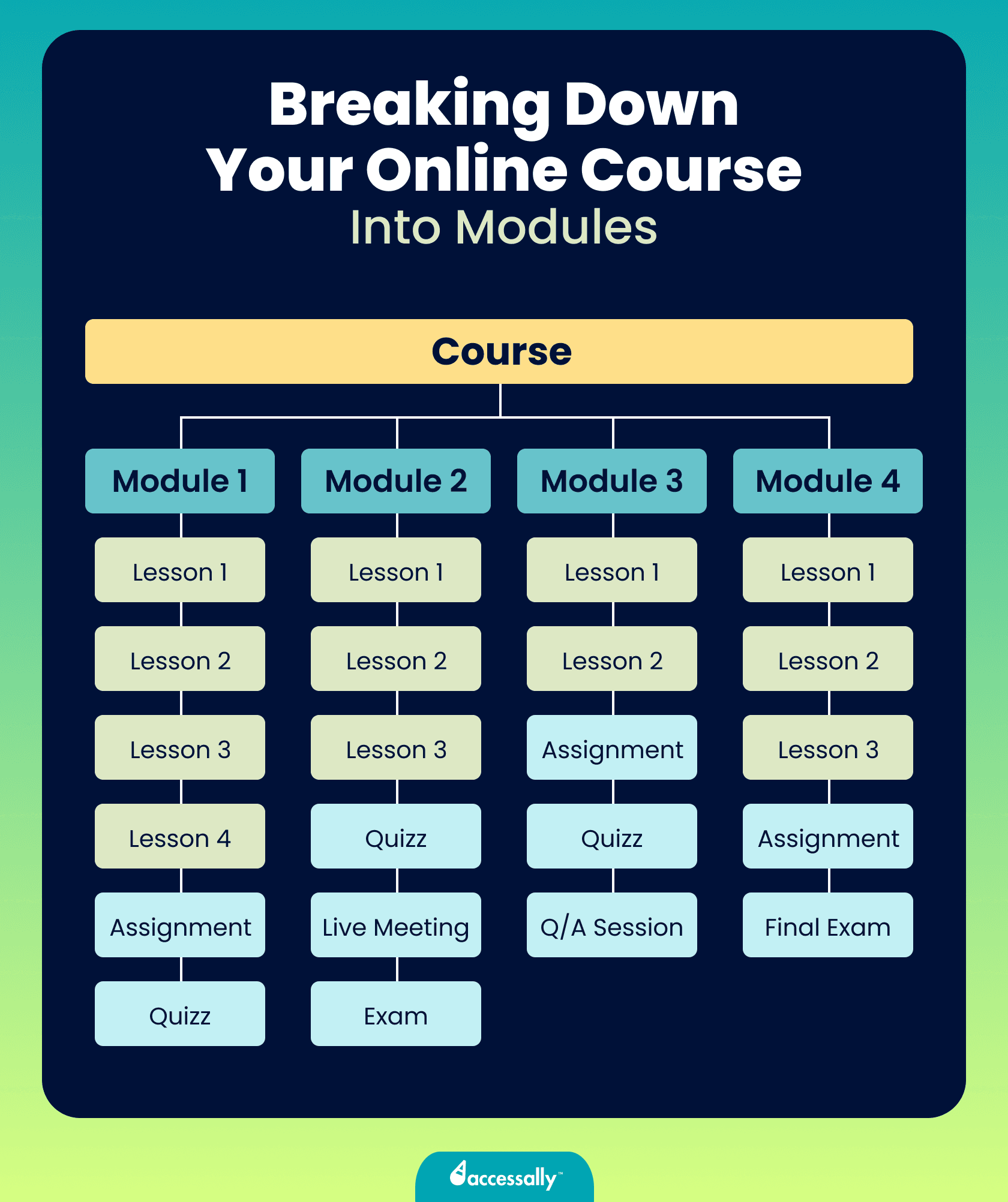

Creating automated customer journey mapping – Professional course creation with AccessAlly
Remember to build in flexibility for human intervention. While automation is powerful, sometimes students need personal attention. Set up alerts for specific trigger combinations that might indicate a student needs direct support – like multiple failed quiz attempts combined with decreased login frequency.
Common Challenges and Solutions in Customer Journey Automation
When implementing automated customer journey mapping, you’ll likely encounter several key challenges that can impact your success. Let’s explore these common hurdles and their practical solutions to help you create more effective automated pathways.
One frequent challenge is data fragmentation across multiple platforms. You might have customer information scattered between your CRM, email marketing tool, and course platform. To address this, consider implementing a centralized data hub that integrates with your existing tools. AccessAlly’s native integrations can help consolidate this information, giving you a clearer picture of your customer’s journey without manual data entry.


Step-by-step process for implementing Creating automated customer journey mapping strategies
Unfortunately, many creators struggle with timing their automated touchpoints effectively. The solution lies in carefully analyzing your existing customer behavior patterns. Pay attention to when students typically access course materials, open emails, or reach out for support. Use these insights to schedule your automated communications during peak engagement periods.
Another significant hurdle is maintaining personalization at scale. While automation can feel impersonal, you can overcome this by segmenting your audience based on their behavior and preferences. Create conditional content blocks that display different messages based on student progress, purchase history, or engagement level. This approach ensures relevance while maintaining efficiency.
Technical overwhelm often prevents course creators from fully utilizing automation tools. Start small by automating one segment of your customer journey at a time. For example, begin with your onboarding sequence, perfect it, then move on to your progress check-ins. This methodical approach prevents system overload and allows for careful testing at each stage.
If you’re feeling stuck with measuring automation effectiveness, implement clear tracking metrics from the start. Define specific KPIs like completion rates, engagement scores, and support ticket reduction. Regular monitoring of these metrics helps you identify where your automated journey needs refinement and where it’s successfully supporting your students.
Remember that automation should enhance, not replace, the human element in your course experience. Use automation to handle routine tasks while reserving personal interaction for moments where it matters most.
Best Practices and Optimization
When done right, automated customer journey mapping becomes a powerful tool for delivering personalized experiences while saving countless hours of manual work. Let’s explore how to optimize your automation for maximum impact and engagement.
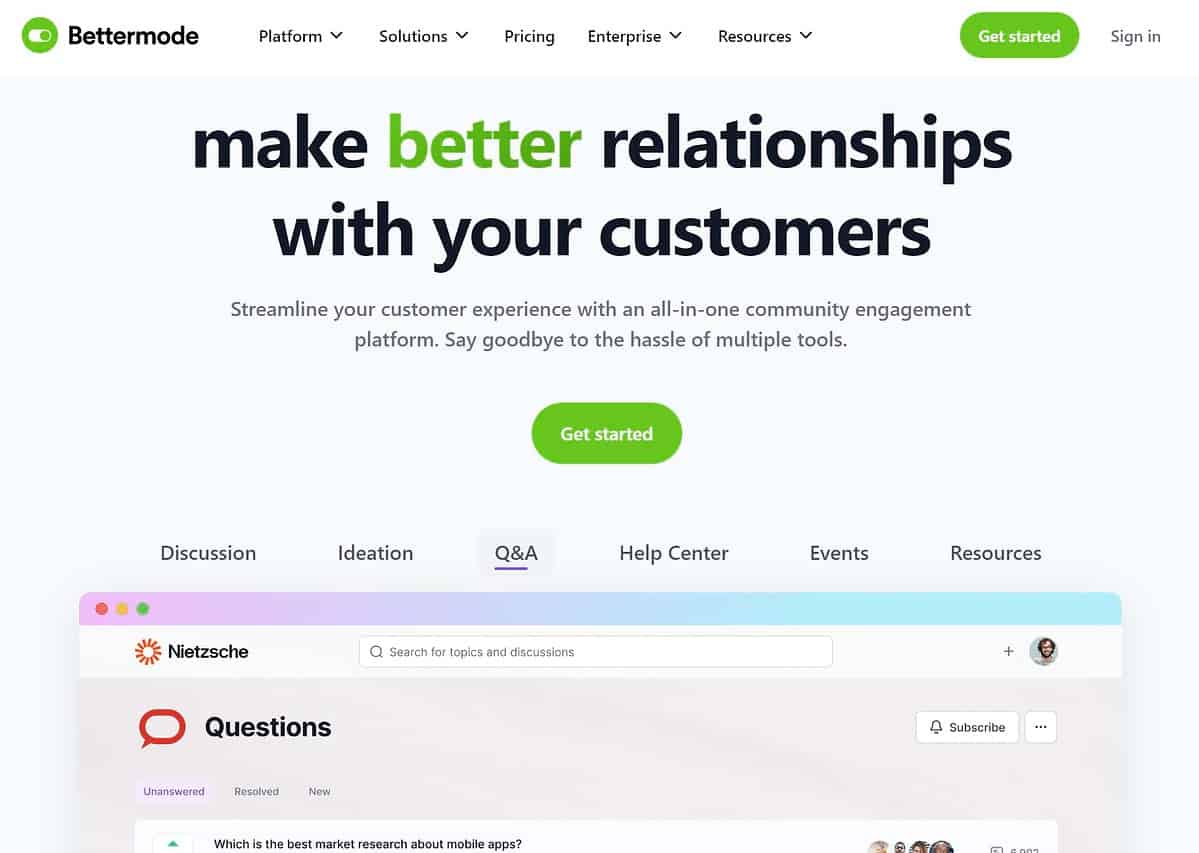

Real-world example of successful Creating automated customer journey mapping implementation
Start by establishing clear tracking mechanisms for your key touchpoints. Rather than trying to automate everything at once, focus on the most impactful interactions first. This might include welcome sequences, course progress notifications, and re-engagement campaigns for inactive students. Set up analytics to monitor open rates, click-throughs, and completion rates so you can continuously refine your approach.
Consider implementing progressive profiling in your automation strategy. Instead of overwhelming new students with lengthy forms, gather information gradually throughout their journey. For example, after completing their first module, ask about their learning preferences. Following their second achievement, inquire about their professional goals. This creates a more natural conversation while building a detailed student profile.
Timing is crucial for automated communications. Pay attention to your students’ engagement patterns and schedule touchpoints accordingly. If data shows most of your students log in during evening hours, align your automated messages with their active times. Remember to include buffer periods between messages to prevent communication fatigue.
Personalization should extend beyond just using the student’s name. Leverage your course platform’s tagging system to create dynamic content paths. For instance, beginners might receive extra resources and encouragement, while advanced students get challenged with bonus materials. This targeted approach helps maintain engagement across different skill levels.
Don’t forget to build in regular review points for your automation sequences. Student needs evolve, and what works today might need adjustment tomorrow. Schedule quarterly audits of your automated journeys, examining both quantitative metrics and qualitative feedback. Pay special attention to points where students commonly disengage – these are prime opportunities for optimization.
Remember that automation should enhance, not replace, the human element of your course experience. Keep some touchpoints personal, especially during crucial moments like milestone achievements or when students show signs of struggling.
Case Studies and Examples
Let me walk you through some real-world examples of successful automated customer journey mapping that have transformed online course businesses. When done right, these journeys create seamless experiences that keep students engaged and progressing.
Consider Sarah, a business coach who was struggling with student completion rates in her signature program. By mapping her customer journey, she discovered that students were getting stuck between modules 2 and 3. She implemented automated check-ins and supplementary resources at this critical point, resulting in a 45% increase in course completion rates.
Another illuminating example comes from a language learning platform that noticed high abandonment rates during the first week. Through journey mapping, they identified that students felt overwhelmed by the initial content load. Their solution was to create a “quick wins” orientation sequence that automatically delivered bite-sized lessons for the first ten days. This adjustment led to a 60% improvement in student retention.
Tech entrepreneur Marcus used journey mapping to revolutionize his coding bootcamp experience. He noticed that students needed different support levels based on their prior experience. By implementing conditional automation that adapted to student progress, he created three distinct journey paths: beginner, intermediate, and advanced. Each path had tailored content drips, check-ins, and celebration moments, resulting in more personalized learning experiences and higher student satisfaction scores.
A fascinating case emerged from a fitness instructor’s online program. Through journey mapping, she discovered that motivation typically dipped around week four. She implemented automated “success story” videos and peer connection prompts at this crucial point, helping students push through this common obstacle. The result was a 30% increase in students completing the eight-week program.
The key takeaway from these examples is that successful journey mapping isn’t just about plotting touchpoints – it’s about understanding and responding to student behavior patterns. One course creator found that simply adding automated congratulatory emails after major milestones increased engagement by 25%.
Remember that your journey map should evolve based on student feedback and behavior data. Start with a basic framework, monitor the results, and refine your automation triggers and content based on real student interactions. This iterative approach ensures your customer journey remains relevant and effective over time.
Ready to transform your course creation process? Let’s discuss how AccessAlly can help you build and scale your online education business.
Future Considerations and Conclusion
As you continue developing your automated customer journey mapping, remember that this isn’t a “set it and forget it” process. The digital landscape and your students’ needs will evolve, requiring regular refinements to your automation strategy. When done right, these journey maps become living documents that grow alongside your course business.
Looking ahead, consider implementing regular check-ins with your automation systems. Set quarterly reviews to analyze your data, paying special attention to where students might be dropping off or showing signs of disengagement. This proactive approach helps you identify potential improvements before they become significant issues.
Technology will continue advancing, and new tools for journey mapping will emerge. Stay informed about developments in AI-powered personalization and predictive analytics – these could revolutionize how we understand and respond to student behavior. However, don’t feel pressured to adopt every new tool that comes along. Focus on solutions that genuinely enhance your students’ experience and align with your teaching philosophy.
Consider developing contingency paths in your automation. Students rarely follow a perfectly linear journey, so build flexibility into your systems. Create alternative routes for different learning styles, pace preferences, and engagement levels. This adaptability ensures your course remains accessible and effective for a diverse student body.
Remember that automation should enhance, not replace, the human element of your course. Use the time saved through automation to create more meaningful interactions with your students, whether through live Q&A sessions, personalized feedback, or community engagement.
Start small with your automation implementation, but think big about its potential impact. Your customer journey mapping will become more sophisticated over time as you gather more data and understand your students better. The goal isn’t perfection from day one, but rather continuous improvement that serves both your business growth and your students’ success.


